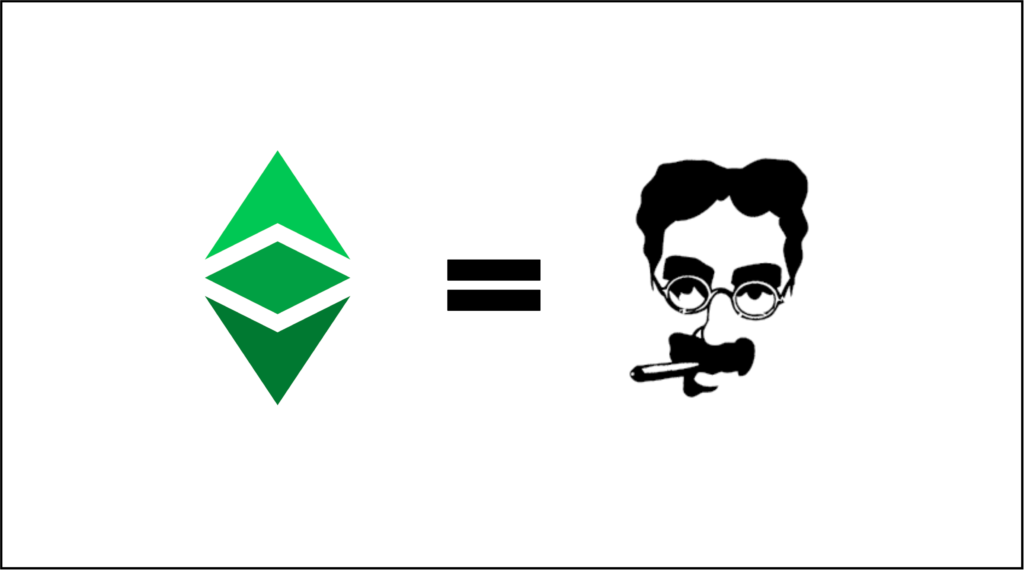As an interesting case study about blockchain principles, Ethereum Classic (ETC) has suffered incredible instability, not because it hasn’t worked as designed, but because, working as designed, it has been very easy to persistently reorg the chain, significantly disrupting miner revenue (thousands of blocks reorganized at a time), exchanges and their customers (they need to use extremely long confirmation times), victims (million stolen through double spends), and smart contracts (apps that execute code that have their executions changed or out of synchrony relative to other smart contracts or external systems).
The interesting part is that, although ETC has been very much like Bitcoin in its core principles, these external but traumatic events, have finally driven the ecosystem to gravitate to the old “trusted third party” model, as Nick Szabo had written was the general bias of engineers and designers in the past (Trusted Third Parties are security holes – 2001: https://nakamotoinstitute.org/trusted-third-parties/).

Proof of this sort of “to hell with proof of work” bias and reaction is reflected by the latest, and suddenly popular, improvement proposals by core developers, historic figures, and firms in the ecosystem:
• Checkpointing based 51% attack resistance (ECIP-1097): https://ecips.ethereumclassic.org/ECIPs/ecip-1097
• Treasury System (ECIP-1098): https://ecips.ethereumclassic.org/ECIPs/ecip-1098
• MESS – Modified Exponential Subjective Scoring – (ECIP-1100): https://ecips.ethereumclassic.org/ECIPs/ecip-1100
The only proposal, that has been there since the 2019 reorg, in line with preserving the principles so passionately espoused by ETC, is a change in mining algorithm to something proven, simple, and relatively unique in the industry as SHA3:
• Change the ETC Proof of Work Algorithm to Keccak256 (ECIP-1049): https://ecips.ethereumclassic.org/ECIPs/ecip-1049
My Observations
Smart contract platforms have an increased peril when reorganized because decentralized program execution goes out of whack even if money was not stolen through double spends from those specific entities. Such attacks in a system as Bitcoin would turn out to be pretty specific to the victim, and no one else.
Proof of work based Nakamoto consensus in smart contract platforms seems to be truly stable or useful (I don’t know if “final” is the correct term as the system has worked as designed and finality is, in fact, eventually achieved, even with the reorgs) only in the cases where the system has some sort of leadership in its mining algorithm, or is large enough to deter the great majority of possible reorg attacks from medium and small hackers (meaning, only truly large malicious entities with large capital bases would be able to attack it).
Given the above, it seems the social layers tend to naturally revert to classical trusted third parties (now euphemistically called “weak subjectivity”) when sufficiently large external shocks occur, even if the system has not been breached and has worked as designed.
Code Is Law [sometimes]